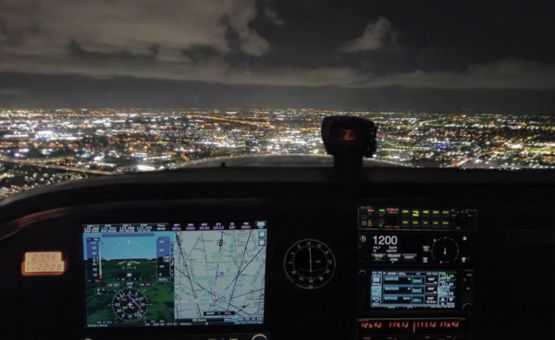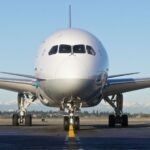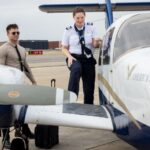By Mike Bliss
As we approach summer, regardless of the fact that the days are longer, many pilots, especially those who’ve completed CFI academy, choose to take advantage of the nicer weather to engage in night flying. There are several regulations that govern what we do at night and they can be confusing because they all define nighttime in a different way.
In order to log “night” flight time, the regulation that defines night is found in 14 CFR Part 1. “Night means the time between the end of the evening civil twilight and the beginning of morning civil twilight, as published in the American Air Almanac, converted to local time.”
In order to carry passengers at night, FAR 61.57 © defines night as the “period beginning 1 hour after sunset and ending 1 hour before sunrise.” In order to carry passengers during this time, the PIC must have made at least three takeoffs and landings to a full stop within the last 90 days during this time period. That person must also have been the sole manipulator of the flight controls. That means that a CFI academy graduate giving instruction during this time may log night time, however, it will not count towards the requirements to carry passengers as PIC.
In addition, there are regulations that require aircraft lights to be turned on at night. The definition of night in this instance is found in FAR 91.209 (a). It says “in party, during the period from sunset to sunrise, no person may operate an aircraft unless it has lighted position lights and, if equipped with anti-collision lights, they need to be turned on unless the PIC determines that they would interfere with the safety of flight.”










